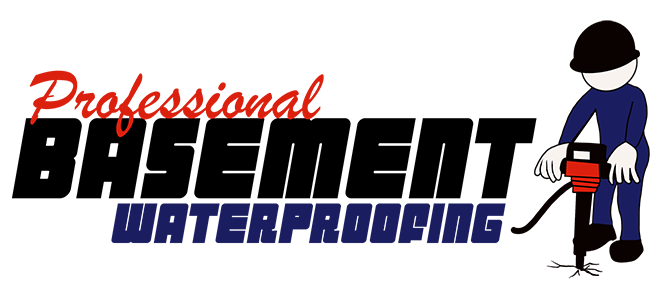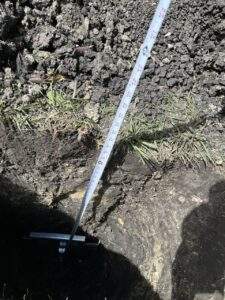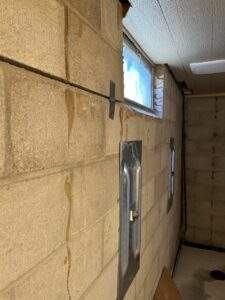Services details
Foundation Repair
Foundation repair is a specialized construction process aimed at addressing issues with the foundation of a building. The foundation is a critical part of any structure, providing stability and support. Over time, various factors such as soil movement, water damage, poor construction, or natural disasters can cause foundation problems. Foundation repair involves several steps and techniques, depending on the severity and type of damage. Here is a detailed description of the process:
Inspection and Assessment
- Initial Inspection: We conduct a thorough inspection of the foundation and the building. Then look for signs of damage such as cracks in walls, uneven floors, doors and windows that stick, and gaps around exterior doors or windows.
- Assessment: The severity and cause of the foundation problems are assessed. This may involve soil testing, checking for water damage, and using tools like laser levels or plumb bobs to measure any settlement or shifting.
Common Foundation Problems
- Settlement: When part of the foundation sinks due to soil movement or compaction.
- Heaving: The upward movement of the foundation caused by soil expansion, often due to moisture.
- Cracks: Vertical, horizontal, or diagonal cracks in the foundation walls or floors.
- Bowing Walls: When foundation walls bend inward, usually due to external pressure from the soil.
Repair Techniques
- Patching Cracks: Minor cracks can be repaired using epoxy or polyurethane injections that fill and seal the cracks.
- Slabjacking: For concrete slab foundations, this technique involves pumping a mixture of sand, cement, fly ash, and other materials beneath the slab to lift it back to its original level.
- Piering: This technique involves driving steel or concrete piers deep into the ground beneath the foundation until they reach stable soil or bedrock. The foundation is then lifted and stabilized by these piers.
- Helical Piers: Similar to traditional piers, but they are screwed into the ground, providing additional stability and support.
- Wall Anchors: Used to stabilize and straighten bowing foundation walls. Anchors are placed in the ground outside the foundation and connected to steel rods that are attached to the interior walls.
- Crawl Space Supports: Additional supports (such as jack posts) are installed in crawl spaces to reinforce sagging floors.
Drainage and Waterproofing
- Improving Drainage: Ensuring proper drainage around the foundation is crucial. This can include installing French drains, gutters, and downspouts to redirect water away from the foundation.
- Waterproofing: Applying waterproof coatings or membranes to the foundation walls to prevent water infiltration.
Cost and Duration
- Cost: The cost of foundation repair varies widely depending on the extent of the damage, the size of the building, and the chosen repair method. Simple crack repairs might cost a few hundred dollars, while extensive piering can run into tens of thousands of dollars.
- Duration: Minor repairs might take a few hours to a couple of days, while major repairs can take several weeks.
Post-Repair Considerations
- Monitoring: After the repair, the foundation should be regularly monitored for any signs of recurring issues.
- Maintenance: Maintaining proper drainage, ensuring trees and shrubs are planted away from the foundation, and addressing any new cracks promptly can help prolong the life of the repaired foundation.
Foundation repair is a critical task that ensures the safety and stability of a building. It requires skilled professionals who can diagnose the issues accurately and implement the appropriate solutions to restore the foundation’s integrity.





